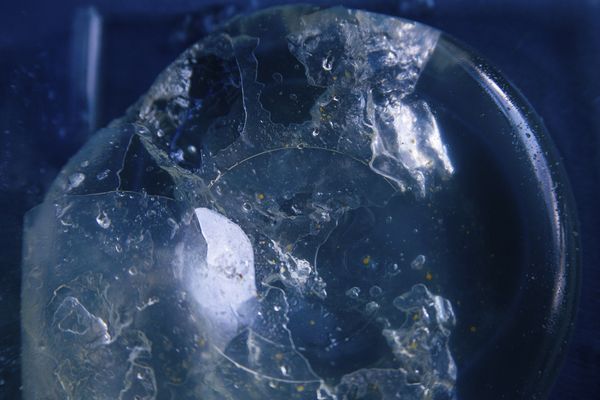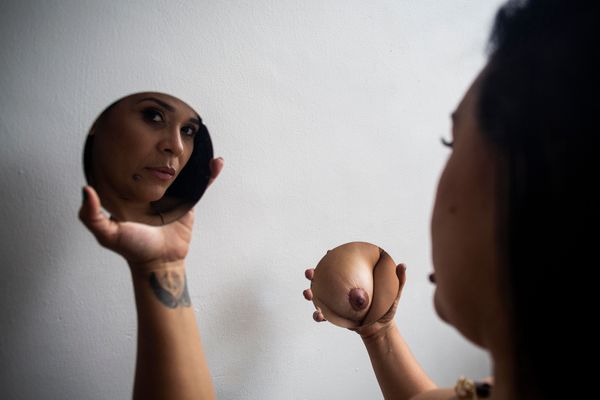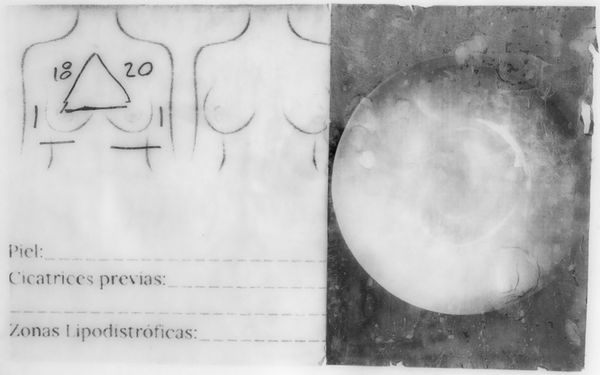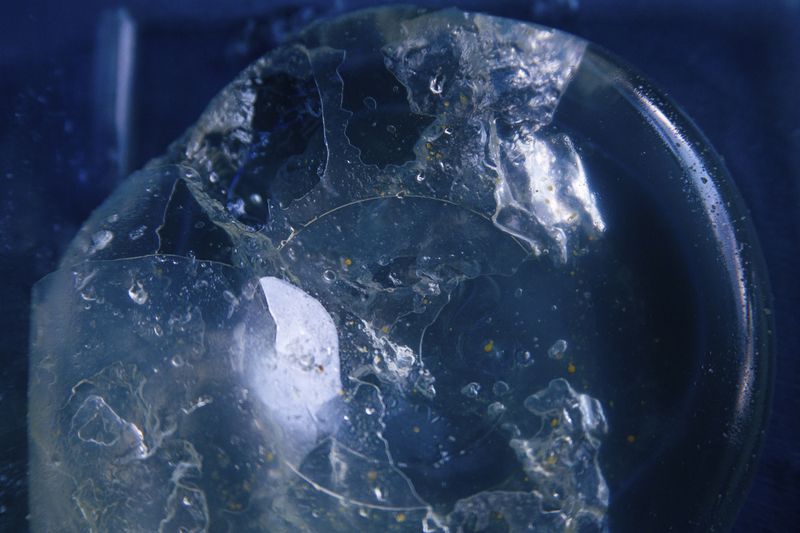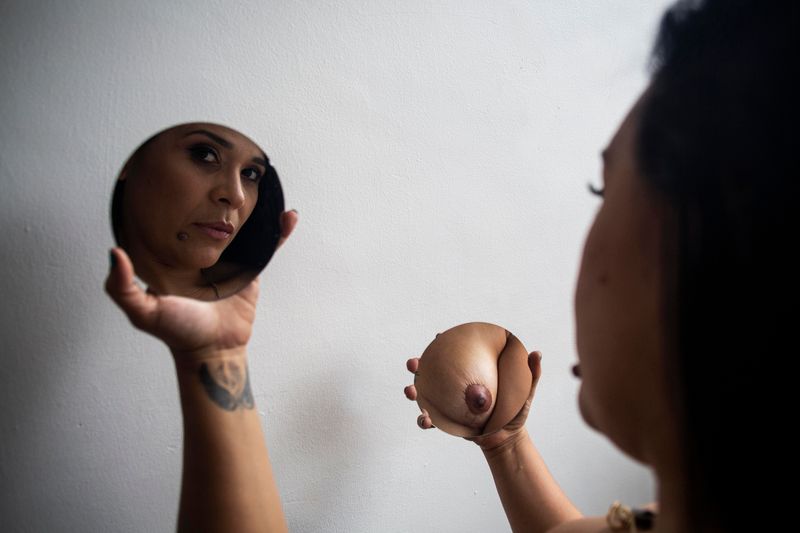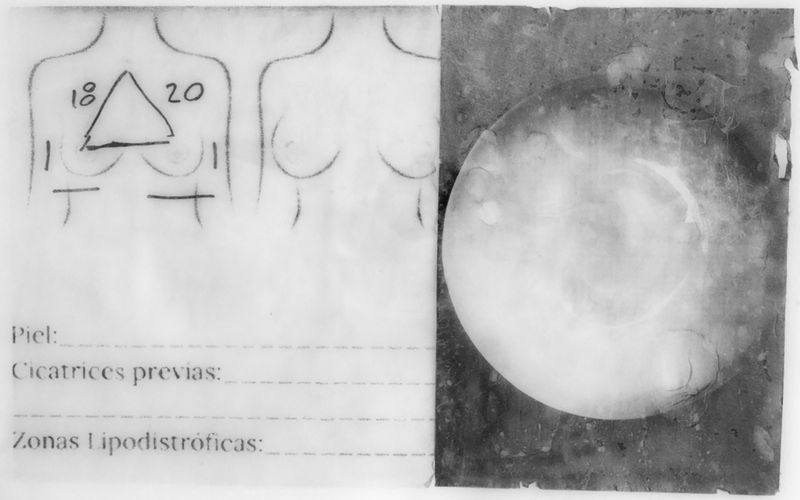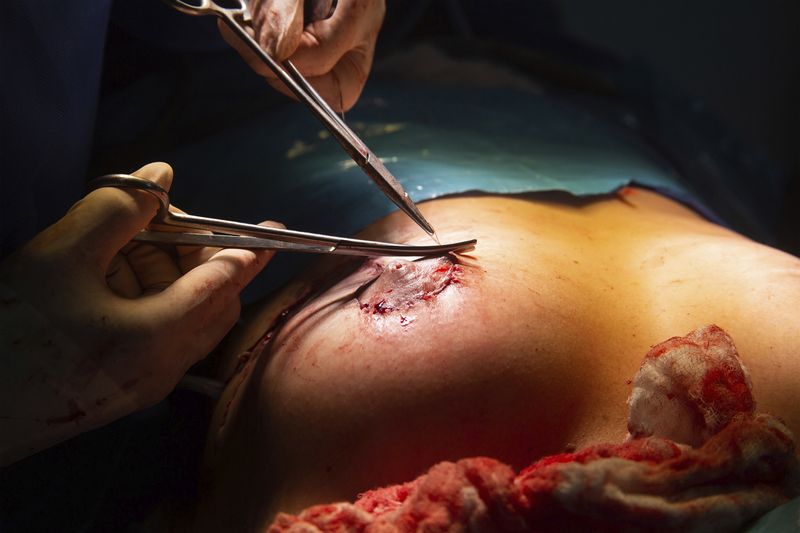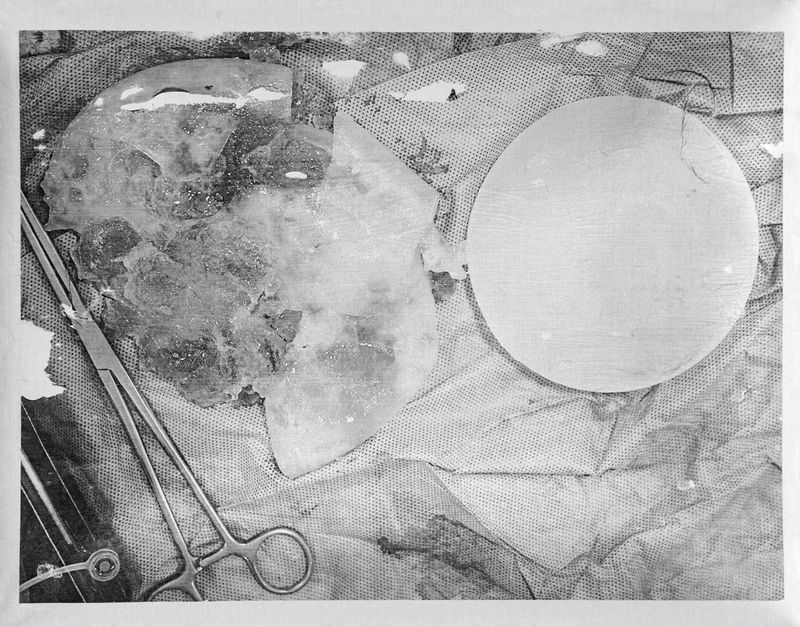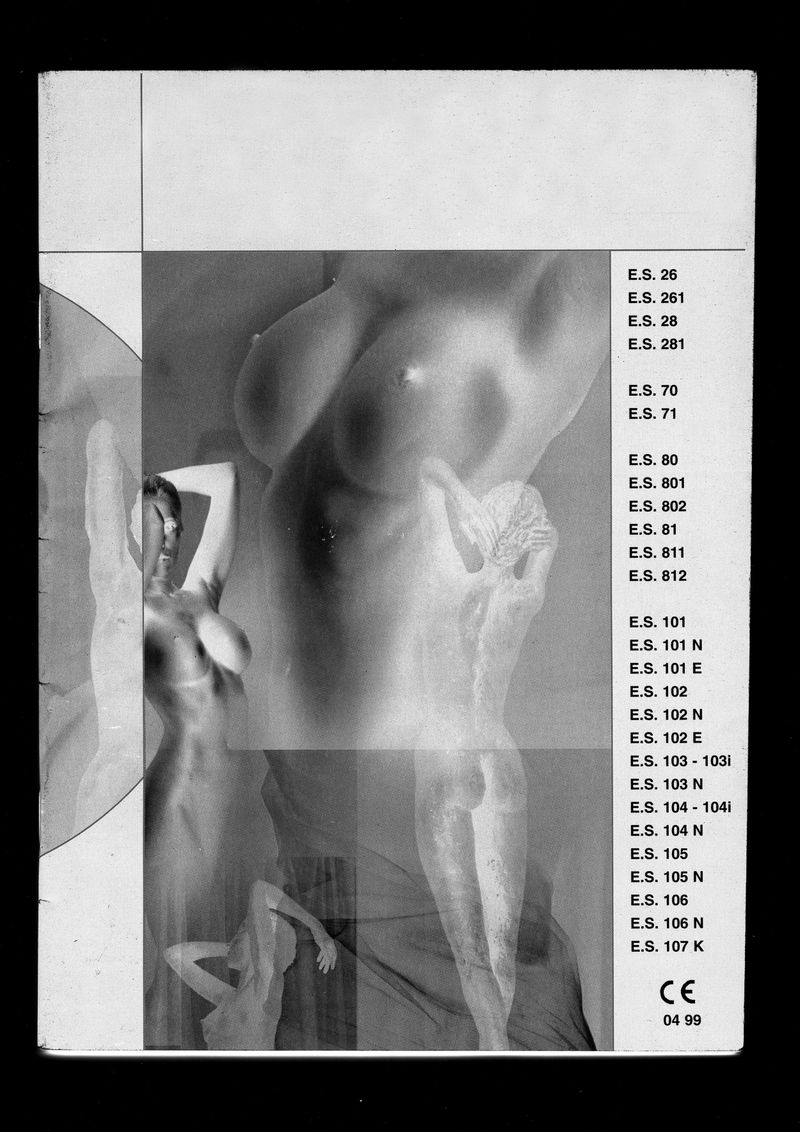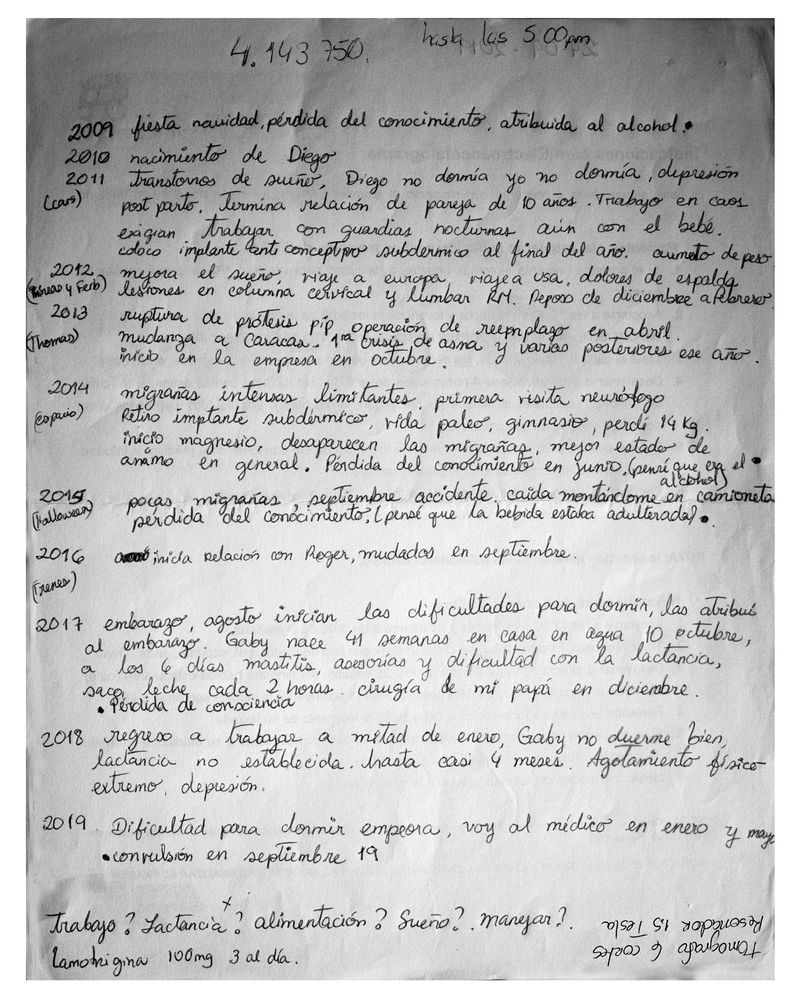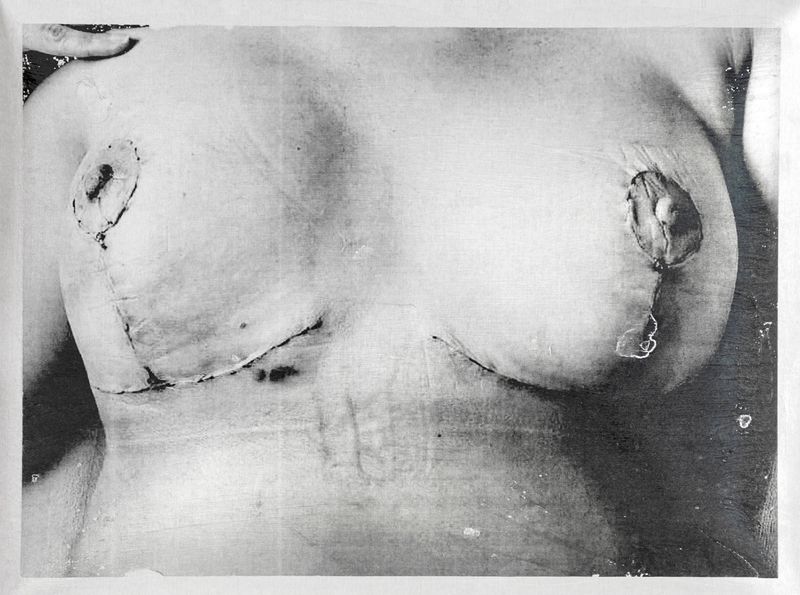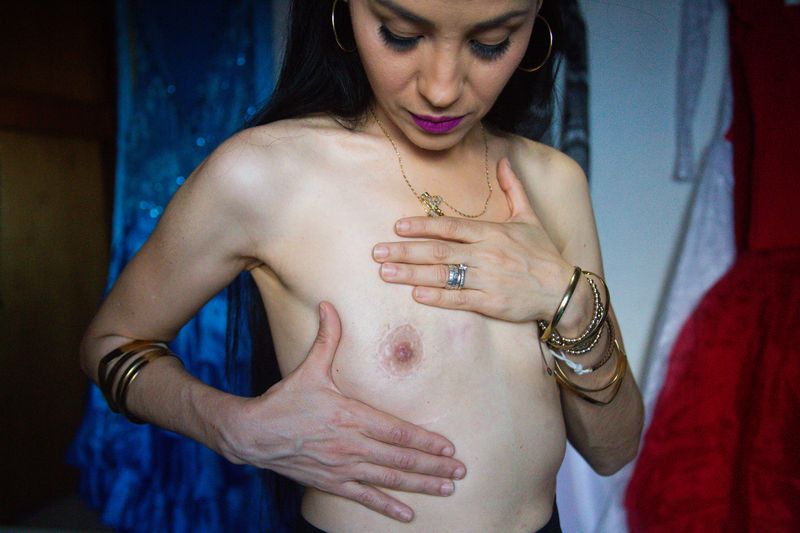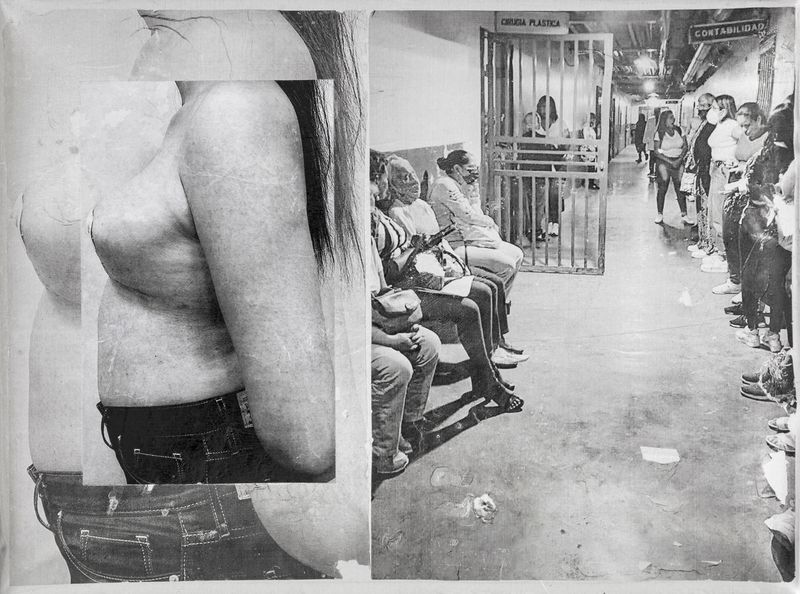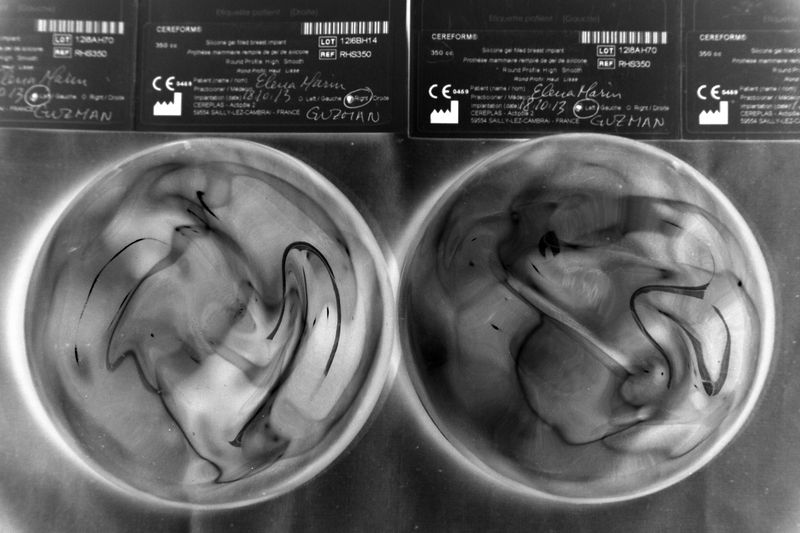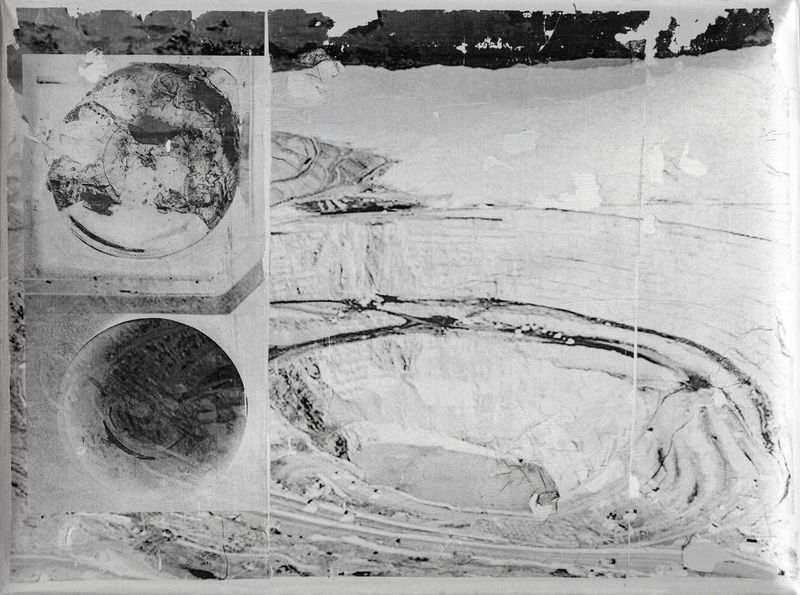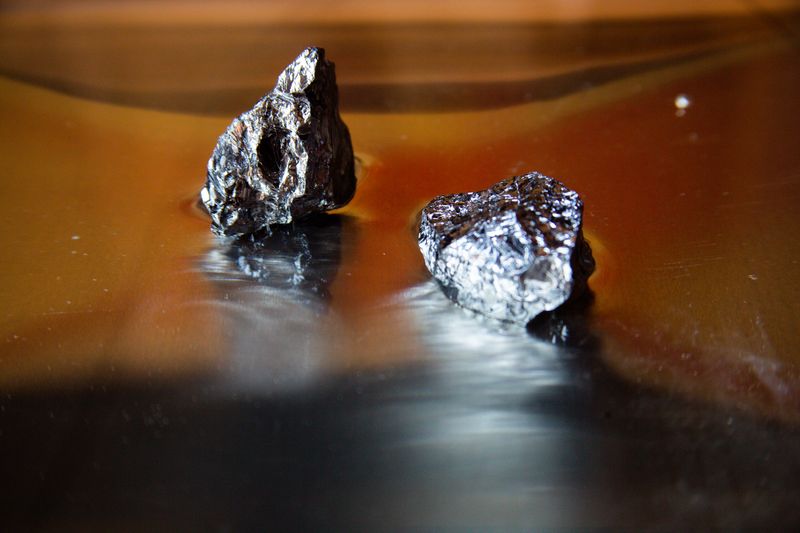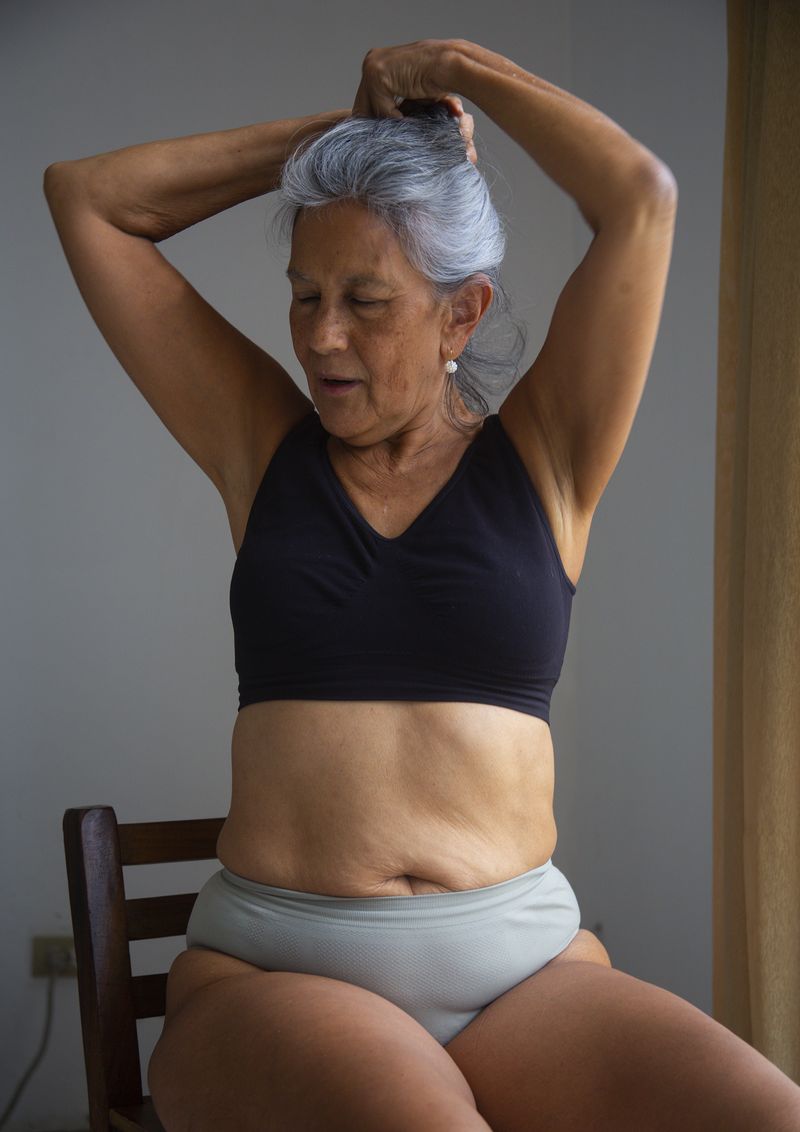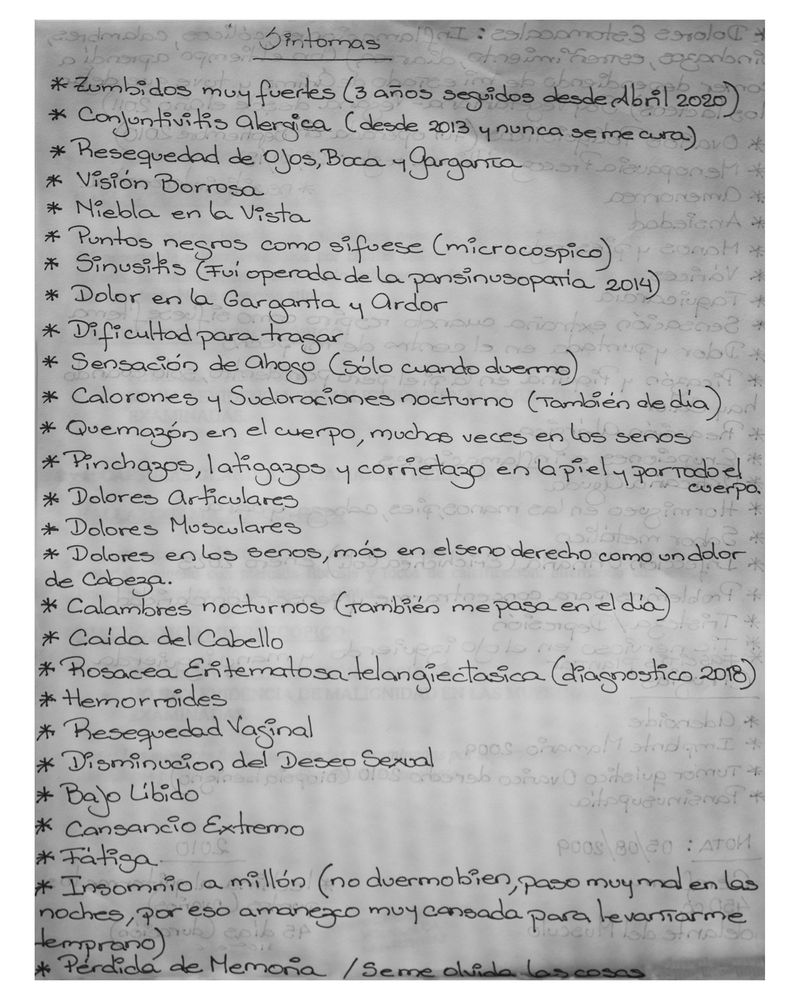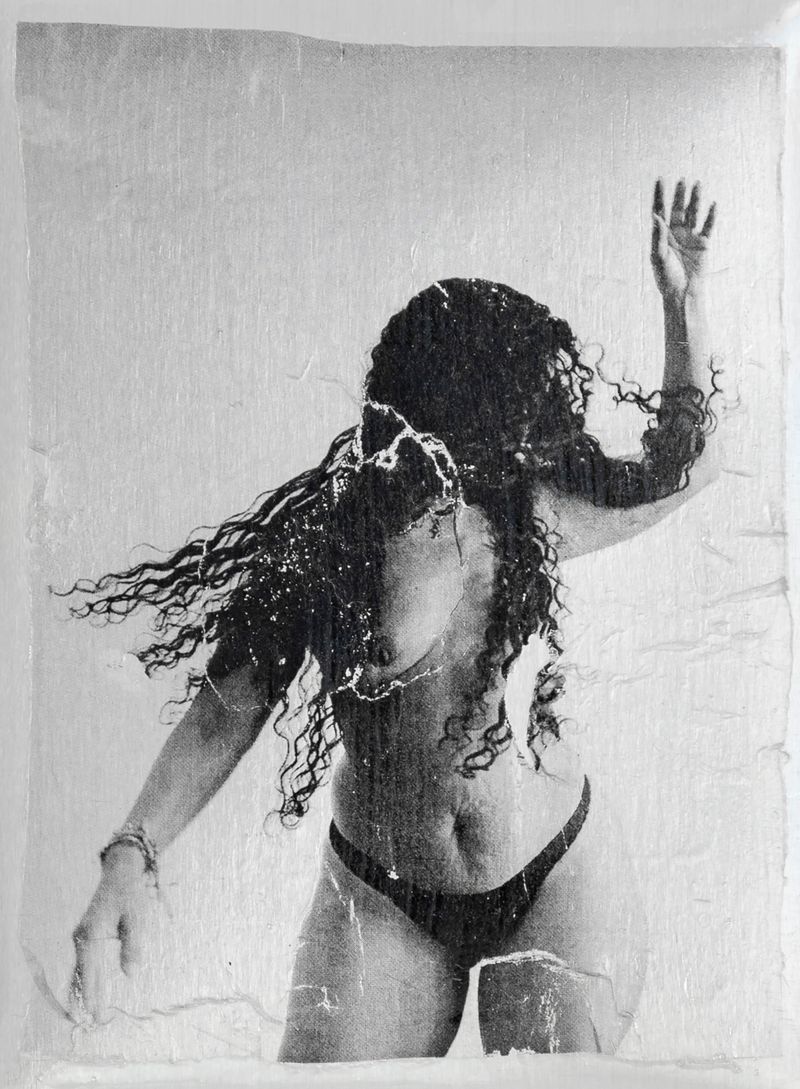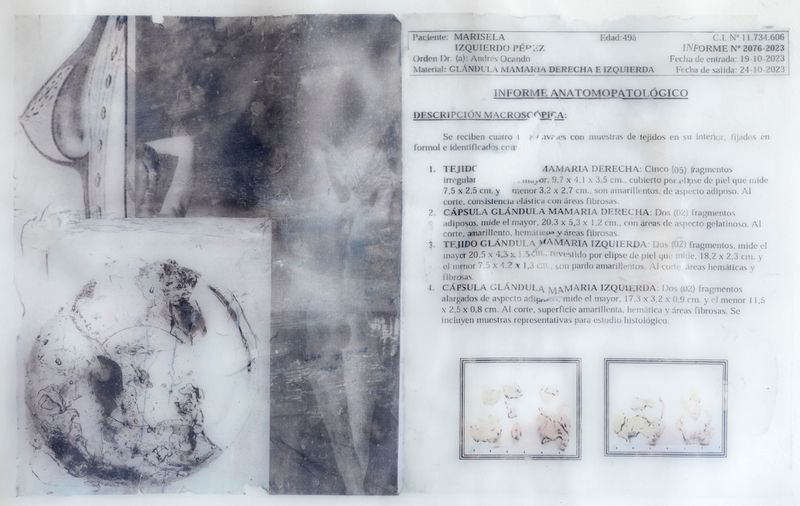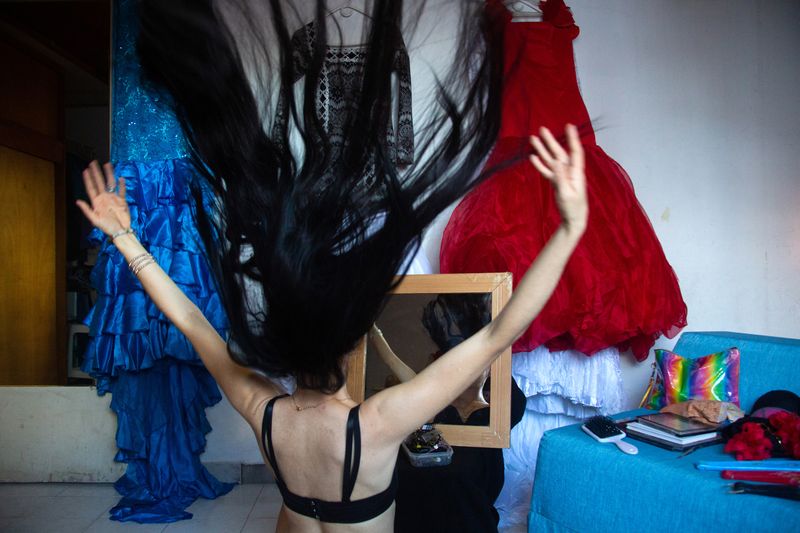Sutura ¿Qué otro nombre tiene la herida? (Suture. What other name is there for a wound?)
-
Dates2025 - Ongoing
-
Author
- Location Caracas, Venezuela
Project of denunciation, a dialogue with the testimonies of Venezuelan women who have had their breast implants removed in recent years, denoting their widespread use, the cult of beauty, and the violence and power exercised over the body
The tension between symbolic violence and power exercised over the body, so prevalent in today's world, is sutured with the paradox of an era marked by obsession and the cult of beauty. In this context, the body is configured as a cultural fact and stands as one of the symbols of merchandise par excellence.
This critical analogy is particularly evident in the widespread use of silicone implants, whose background is not only symbolic but also immunological. ASIA syndrome, described by Shoenfeld in 2011, shows how these adjuvants can trigger systemic reactions: chronic inflammation, autoantibody production, and an increased risk of serious diseases, with explantation being the only possible remedy. What is offered as a promise of beauty ends up, in many cases, becoming a “wound.”
According to the Venezuelan Society of Plastic Surgery, in 2011, 40,000 women in Venezuela received breast implants each year. These figures were further highlighted by the case of French PIP implants, which were withdrawn from the market due to their high potential for rupture and were widely used in our country (BBC, 2011; El Mundo, 2011). By 2013, 85,000 breast implants had been performed in Venezuela, according to the International Society of Plastic Surgery (Primera hora, 2014).
According to the FDA (Food and Drug Administration), one in five patients who receive breast implants have them removed after 10 years due to complications such as ruptures, deflation, or leakage, and painful contraction of the scar tissue around the implant, known as capsular contracture. And this number of injuries has been increasing: from 4,567 in 2017 to 8,242 during the first half of 2018 (Infobae, 2018).
The project is configured as a form of denunciation, a space where the work establishes a dialogue with the testimonies of those who have experienced these bodily transformations. Their stories allow us to perceive in a tangible way how these interventions affect not only the surface of the body, but also its biology and subjective experience: the feeling of vulnerability, the systemic effects, the physical and emotional scars, which are not simple individual accidents, but expressions of a social and aesthetic logic that prioritizes appearance over the integrity of the body.
In this way, “the wound” is no longer just physical: it is cultural, political, and economic, reminding us that no transformation is superfluous and carries with it the weight of a transaction, testimony to the control, intervention, and exploitation of the vitality of a body inscribed in a system that produces beauty at the expense of the lived and the biological.
* By definition, Adjuvant-Induced Autoimmune/Inflammatory Syndrome (ASIA), also known as Shoenfeld Syndrome, encompasses various autoimmune conditions and phenomena induced by exposure to elements or substances with adjuvant activity. Its manifestations include myalgia, arthralgia, endocrine disorders (such as diabetes, thyroiditis, ovarian failure, etc.), chronic fatigue, and dry mouth, as well as neurological manifestations: cognitive impairments, memory loss, and neurological disabilities (López-Loyo, 2025).
Eva Pintiado Rapado/Freisy González Portales
